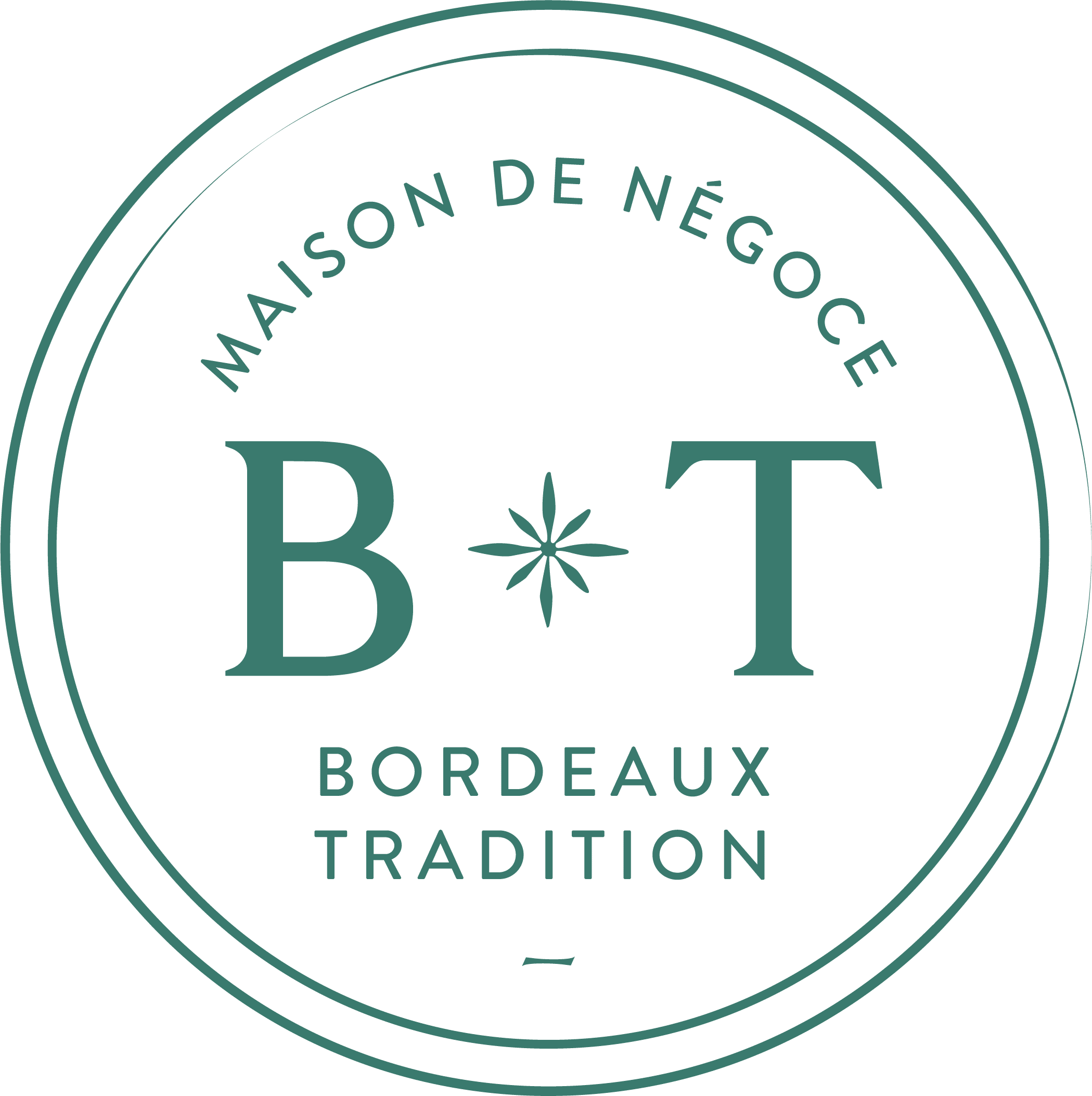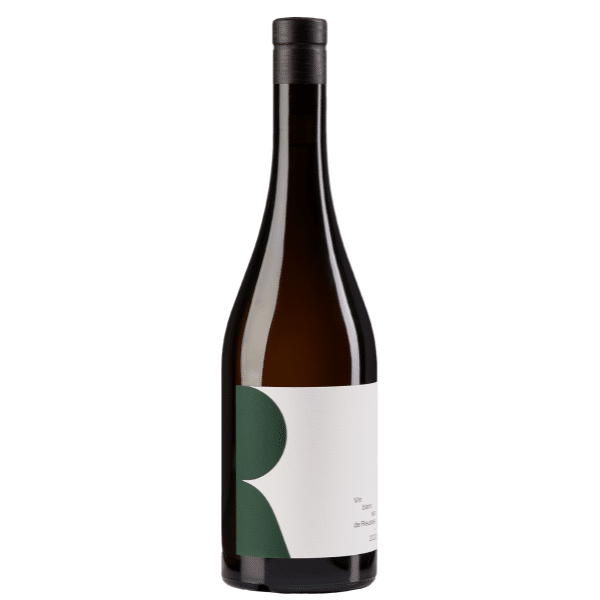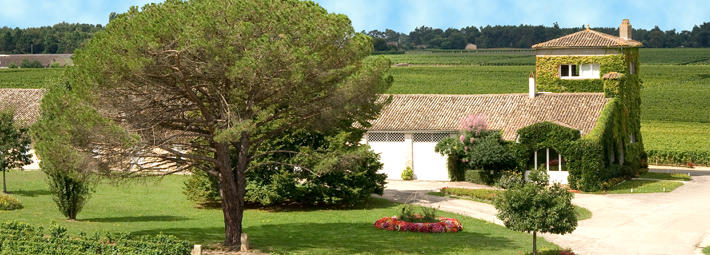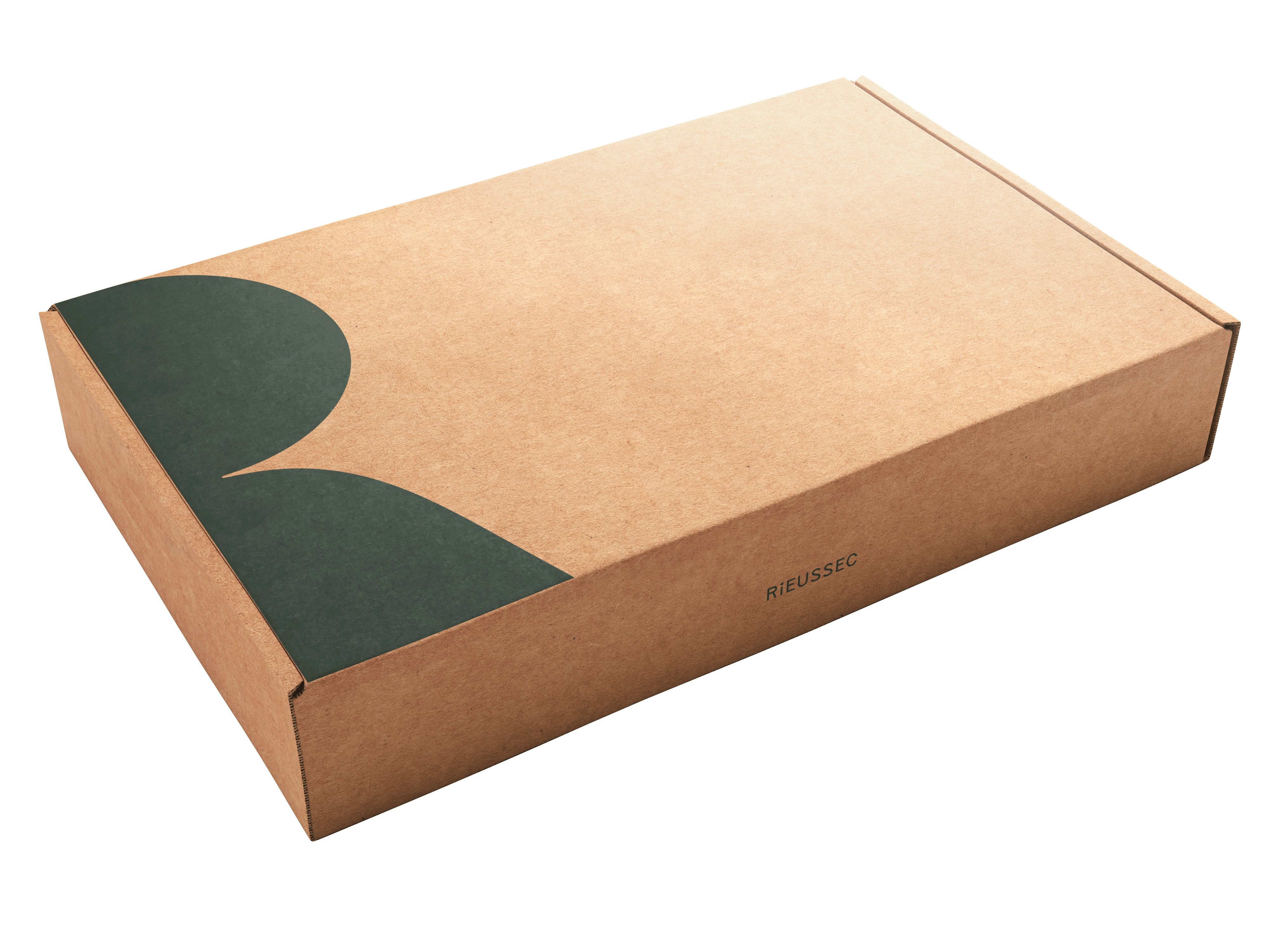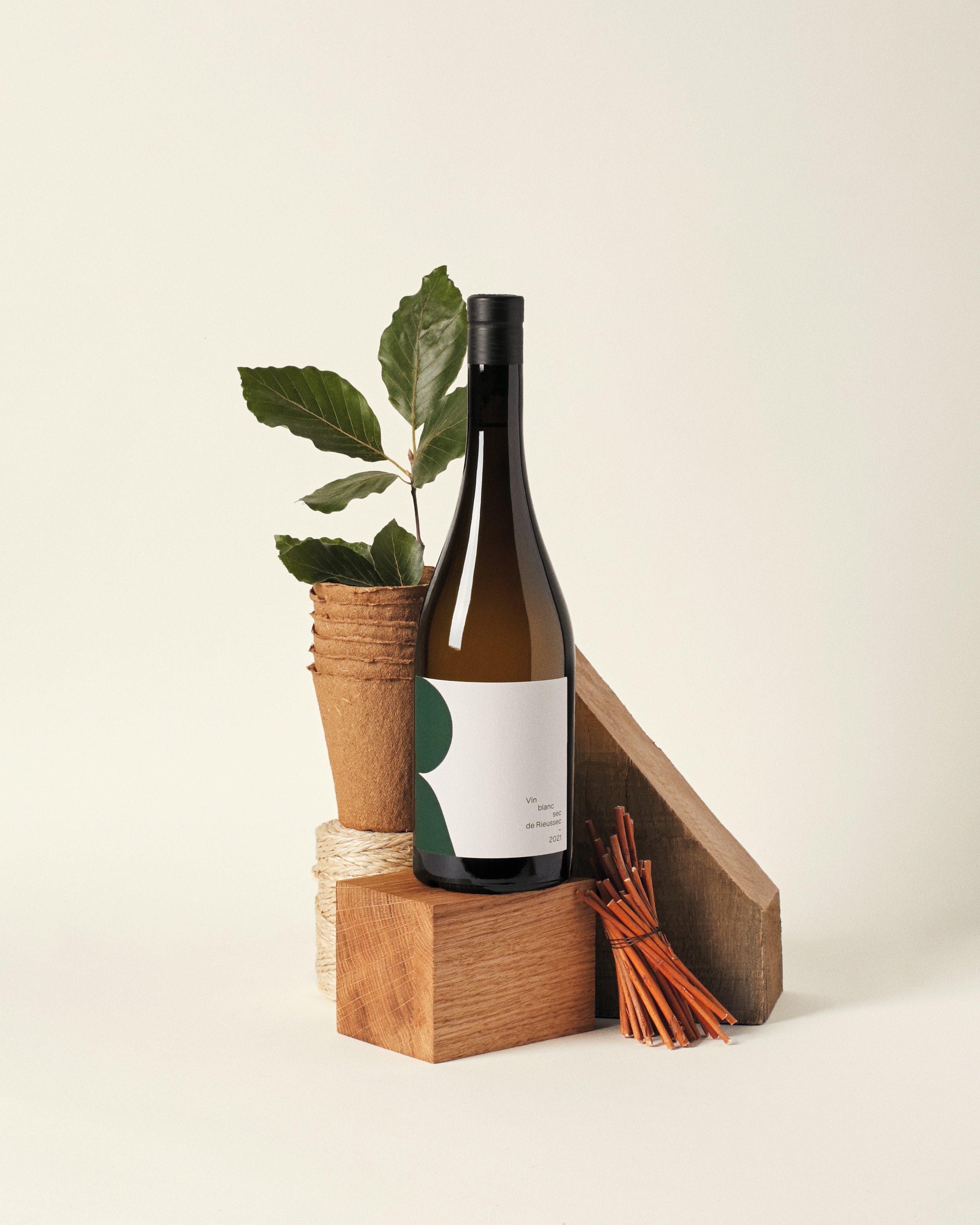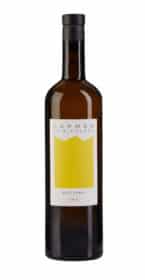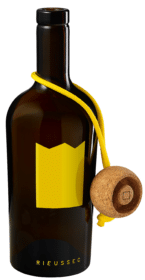“R” de Rieussec
WHY BUY IT ?
- Fantastic PACKAGING trendy & eco-friendly : an opaque Burgundy style bottle, PCR glass « Post consuming Recycle » made of 96% of domestic, recycled glass
- Superb terroir of Rieussec,
- Dry Whites from Sauternes is trending these days
History
In the history, and particularly in the 18th century, Domaine de Rieussec belonged to the monks of the Carmelites of Langon. The confiscation of the Domain to the revolution led to its sale in 1790 as “National Good” to Mr. Marheilhac, owner at the time of Château La Louvière in Léognan. In the 1855 classification, Mr. Mayne is the owner. The quality of the Rieussec terroir is recognized as the Premier Cru Classé of Sauternes and Barsac.
From this date, the history of Château Rieussec is dotted with changes of ownership. Château Rieussec was acquired by the Domaines Barons de Rothschild (Lafite) in 1984, the estate then had 110 ha including 68 ha of vines.
To better express the Château’s potential, rigorous measures are put in place with, among other things, more meticulous grain sorting and fermentation in barrels, which allows a much finer selection during the blending of the great wine. “R” de Rieussec is the dry white wine produced by the Sauternes estate.
Terroir
The Sauternes appellation stretches on the left bank of the Garonne, about 50km South of Bordeaux. The natural humidity arising from the Ciron river provides the ideal conditions for the development of Bortrytis Cinerea, also known as noble rot.
Château Rieussec sits on the border of Fargues and Sauternes, bordered by Château d’Yquem to the West. Rieussec is one of the largest properties in Sauternes and Barsac, covering 85 hectares of gravel sitting on sandy-clay soils.
Winemaking
The grapes were harvested by hand into small crates on the plots selected for R de Rieussec. The Sauvignon was picked fairly early to preserve its freshness and rich thiol aromas, while the Sémillon was harvested when the grapes were thoroughly ripe to give the wine structure and body.
The harvest was refrigerated before pressing to reduce oxidation. Pressing was gentle so as to preserve the grapes’ aromatic freshness. After cold settling, a large part of the Sémillon musts was vinified in new oak barrels and barrels that had held one wine. The Sauvignon musts were mainly vinified in stainless steel tanks at low temperature and a smaller quantity in barrels that had held one wine.
At the end of the fermentation process, the wines in barrels were aged on the lees for six months with regular stirring. After ageing, the wines in stainless steel vats (50%) and in barrels (50%) were blended prior to bottling.
Organic certified
Their Team
- Owners: Domains Barons de Rothschild
- Technical Director: Olivier TREGOAT
- Cellar Master: Serge LAGARDERE
- Vineyard Manager: Jean DE ROQUEFEUIL
